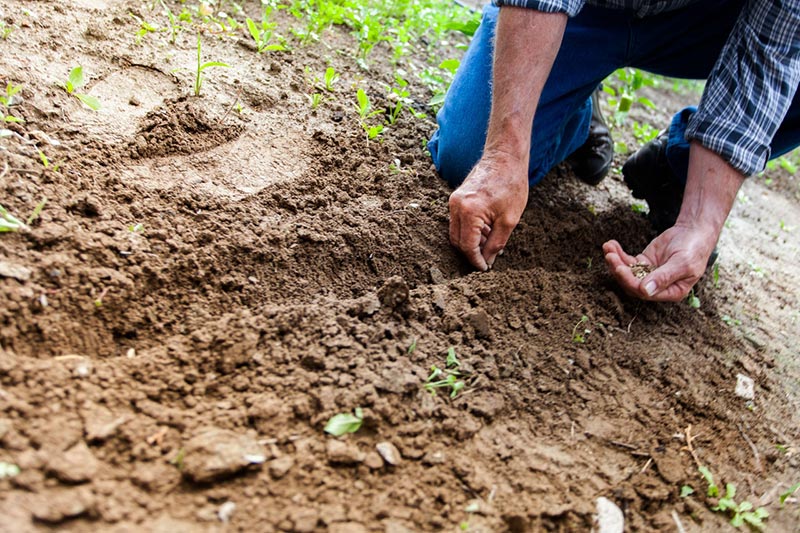
Gardening and gardens are great for physical and mental health. However, there are important things you need to be doing, and not doing, in terms of avoiding common mistakes for those who are new to it.
Planting Too Soon
Do your homework with regard to seedlings. They all have their optimum times at which to plant them. If planted at the wrong time seedlings may rot or go dormant. Don’t worry, handy instructions are found on all seed packets, and garden-center workers will be pleased to advise you. A decent soil thermometer is always a useful investment, as well as a working knowledge of when the average date for the last frost is in your area.
Planting Too Late
Between first planting and first harvest (maturation time), you have to plant at the right time; not too late, otherwise plants may freeze before their time. One way around this is to cover them with floating covers, and also to know the average last frost date for you area and count backwards to determine when is the latest time you can plant certain things.
Soil Management
It’s not quite as simple as planting, watering, harvesting. Different soils need different approaches; for clay-heavy soil you should add sand and organic matter to reduce compaction. For sandy soil, you’ll have to add compost or manure so as to boost the moisture and presence of nutrients. There are further online guides you can consult in order to achieve that perfect balance between sand, silt, clay, and organic matter.
Bunching
Plants must have space between them, or else they’ll be fighting for survival, not able to get enough nutrients, moisture, and sunlight. Seed packets will recommend the correct spacing between plants, and you can also use seedling tags in order to mark off the correct measurements in between. It won’t seem obvious at first but will become apparent over time, when they are expanding and growing.
Depth
Certain larger seedlings – peas, beans, and corn, need to be planted deeper in order to keep the right moisture level for sprouting. Smaller seedlings; lettuce and some herbs, need light to germinate. They should be put in loosened soil, pressed in, but not deeply implanted. Some transplants should be planted at an equal depth to what they were in the pot, to stop the stems from rotting. Tomatoes and peppers must be planted deeper to encourage greater root growth. The seed packet will guide you; make sure you stick to it.
Mulch Less
A little bit is fine; too much can be counterproductive. It can be similar to planting seedlings too deep or adding excess nitrogen. It is vital to get the balance right in order to keep those weeds at bay, enhancing moisture retention but not drowning or choking the seed so that it never sees the light of day!
Water
This sounds so obvious but fledgling seedlings and new transplants need sufficient water. Depending on your soil, this is a good rule of thumb; if loamy, check two inches into the soil and if moist then it doesn’t need more watering. If you have soil which is more sandy check four inches down, and with clay-heavy soil two inches. If you can’t reach down into those depths it is a sign you need to apply more water. On the other hand, waterlogged roots become oxygen starved. This can produce a wilting effect on the emerging plants. Consider watering less often but more deeply.
Pruning
Contrary to popular belief, pruning is best in spring. This is because pruning stimulates new growth, and so is best just after the plants have finished flowering. If you mistakenly prune in the fall, thinking that the growing season is over, then you are taking a lot of energy out of the plant, and making it less effective in the long-term.
